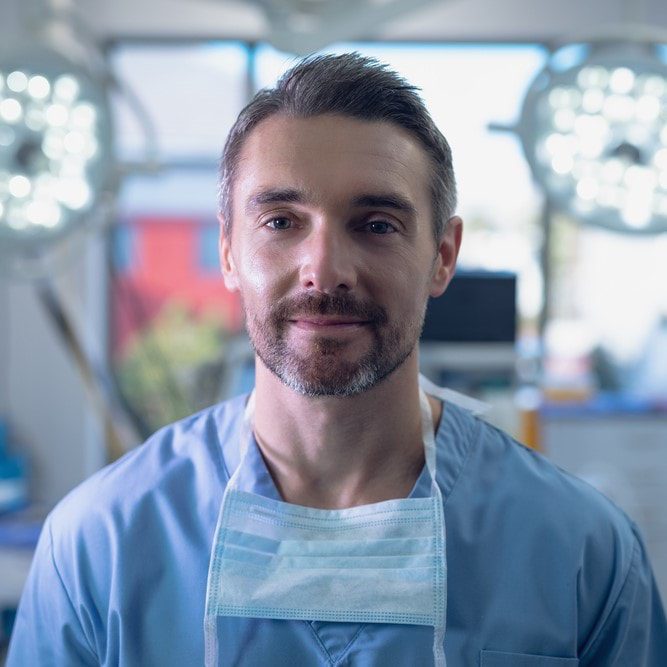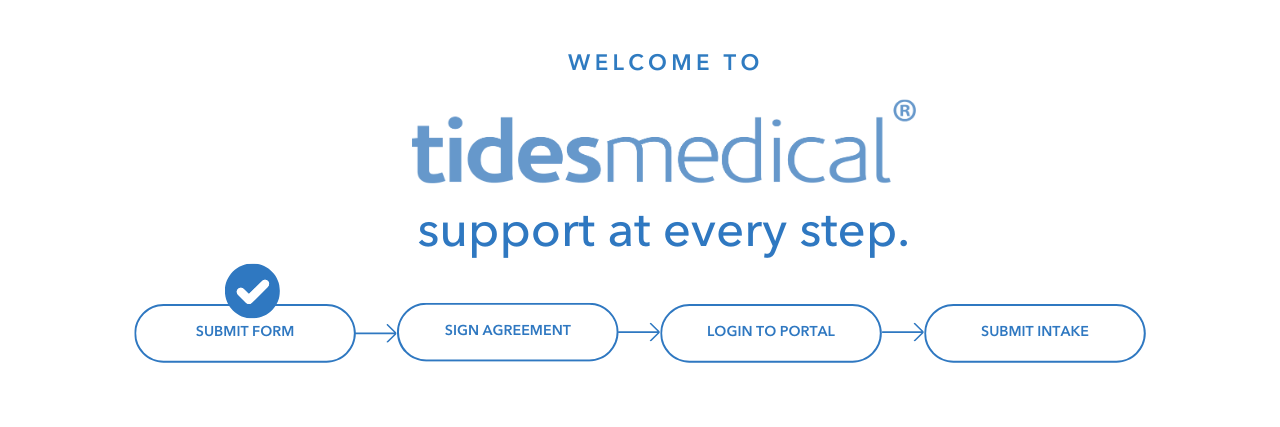Mohs Surgery, also called Mohs micrographic surgery, is a very precise surgical procedure used in the treatment of skin cancers. In this article we will discuss Artacent AC, a Tides Medical amniotic tissue graft, and how it can be used in the accelerated healing process of the wound throughout the Mohs surgery process. To get a clear understanding, we will start with a brief history of the Mohs surgery and what you can expect in the process of this surgical technique.
History of Mohs Surgery
Mohs surgery is named after its founder Frederic E. Mohs, MD who began his career as a dermatologist. He started as a research assistant and discovered a certain chemical combination would preserve skin tissue without changing its cell structure, allowing for microscopic study. This began the groundwork for the Mohs surgery technique used today. Machines called cryostats were developed later on to help in the process of freezing live tissues for viewing under microscope.
His first patient was treated on June 30, 1936* and his practice shortly after expanded. This surgical treatment is now one of the most precise, tissue-sparing ways to treat the most common skin cancers (Basal cell and squamous cell carcinomas).
What to expect
- The goal of the Mohs surgery is to remove the tumor or cancerous skin cells while preserving the healthy skin tissue. Your doctor will remove a layer of cancerous skin tissue and examine it under a microscope. If cancer is indeed visible, another layer will be removed from the same spot. This process is repeated until no more cancer cells are found. Below are a few things you can expect before, during, and after the procedure.
- The procedure will likely take place in a lab, surgical suite, or medical office where the skin tissue can quickly be examined.
- The process can be time consuming, so plan on blocking off your entire day, bring snacks and something to occupy your time.
- Be sure to ask your doctor what medications, foods, beverages, or vitamins should be avoided leading up to the procedure.
- Local anesthesia injection is typically used to numb the area.
- You will receive very detailed post operative directions for proper wound care. Be sure to follow your doctor’s recommendations and attend follow up appointments for the best possible outcome.
Overall, the process is much easier than patients typically expect. You may feel some pain during the anesthesia injection and some pressure as your surgeon works, but overall, this should not be a daunting procedure. Discuss any concerns you may have with your doctor in advance.
Artacent AC Amniotic Tissue Graft
Once the Mohs surgical process is complete and no more cancerous cells are found, your doctor will address the wound. There are a few options for the healing of your wound that include but are not limited to: stitching it closed, allowing it to heal on its own, closing the wound and scheduling reconstructive surgery, or skin grafts. Skin grafts can be from another part of your body to help cover the wound, or high quality human amniotic tissue grafts, which brings us to Artacent AC.
Artacent AC is a wound specific, tri-layer amniotic tissue graft. It can be used as a wound covering on post surgical second intent wounds on the scalp, face, neck, head and shins. This amniotic tissue graft was designed for ease of use. It stores at room temperature, is effective for up to five years of manufacturing, is strong enough to implant but gentle enough to maintain the natural biologic factors, and is incredibly versatile. After the doctor cleans out and removes cancer cells, Artacent AC can be applied to the wound and aid in the treatment process.
If Artacent AC is currently not a wound treatment option where you are having your procedure, you can have your doctor contact us for additional information on Tides advanced treatment solutions.
*https://www.mohscollege.org/about-acms/history-of-mohs-surgery


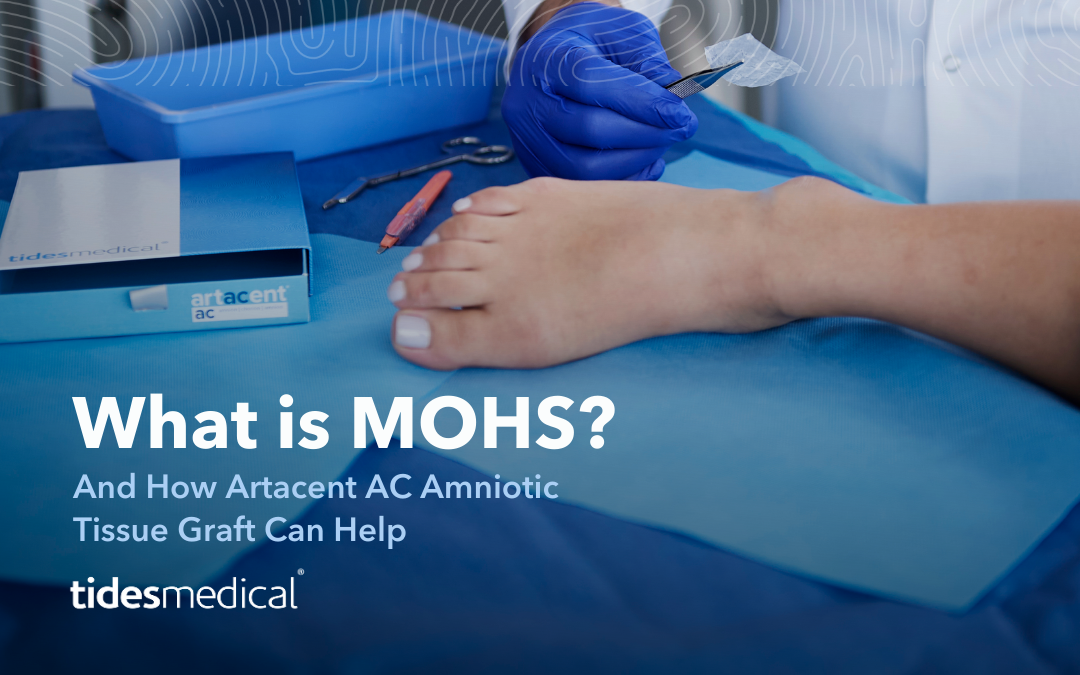
 Marc Stemler,
Marc Stemler,  Mora Melican, Ph.D., VP of Operations, Research & Development
Mora Melican, Ph.D., VP of Operations, Research & Development LESA CATALON,
LESA CATALON,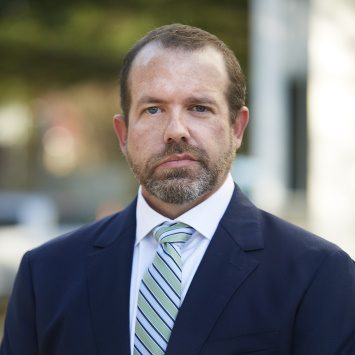 DAVID CASTILLE,
DAVID CASTILLE,




 JOSH WILLETT,
JOSH WILLETT, JEFF MONTGOMERY,
JEFF MONTGOMERY, MIKE RIDDLE,
MIKE RIDDLE,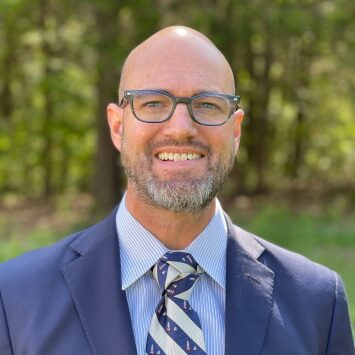 BENJAMIN KIMBALL,
BENJAMIN KIMBALL, DOUG PAYNE,
DOUG PAYNE, JOE SPELL,
CEO
JOE SPELL,
CEO